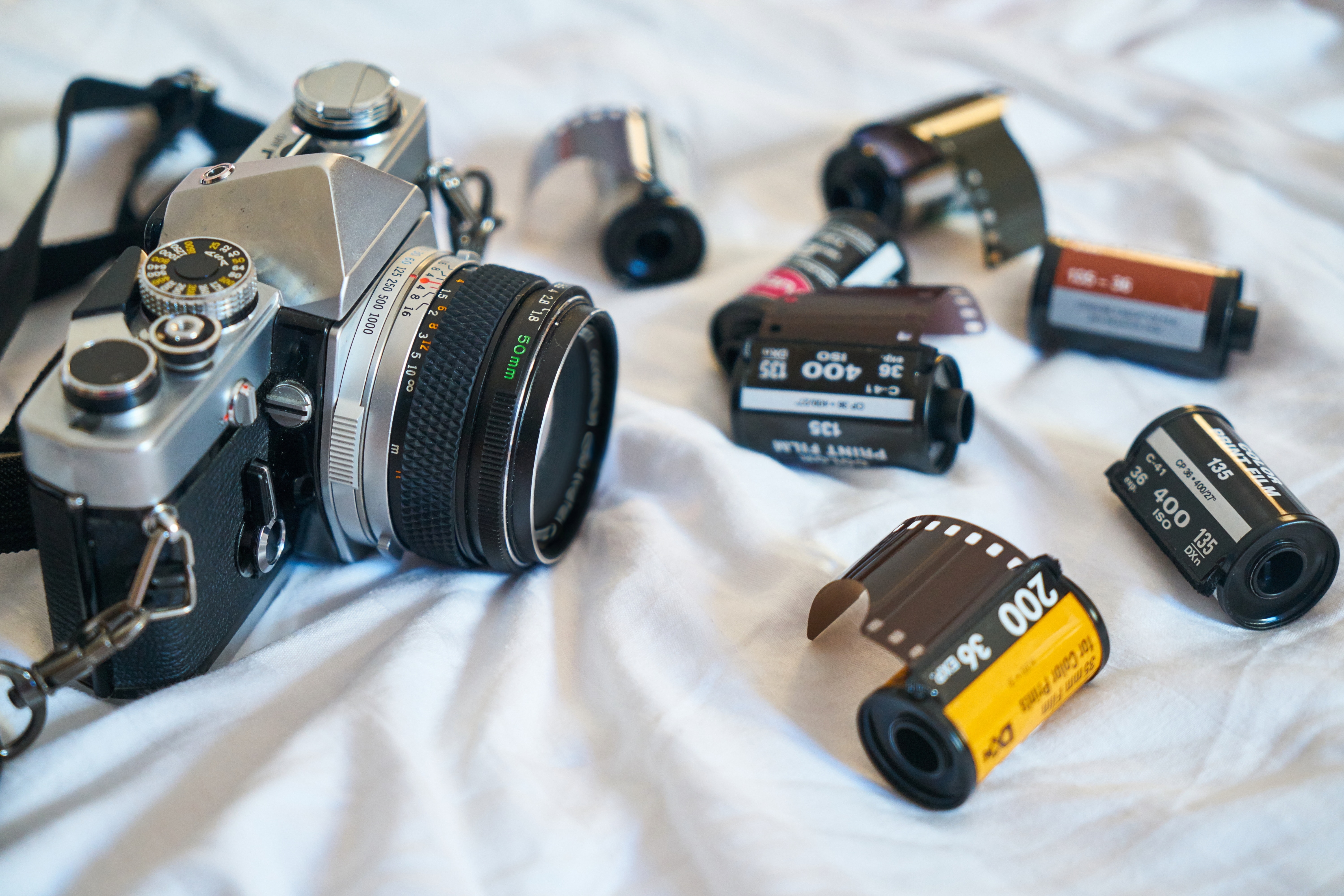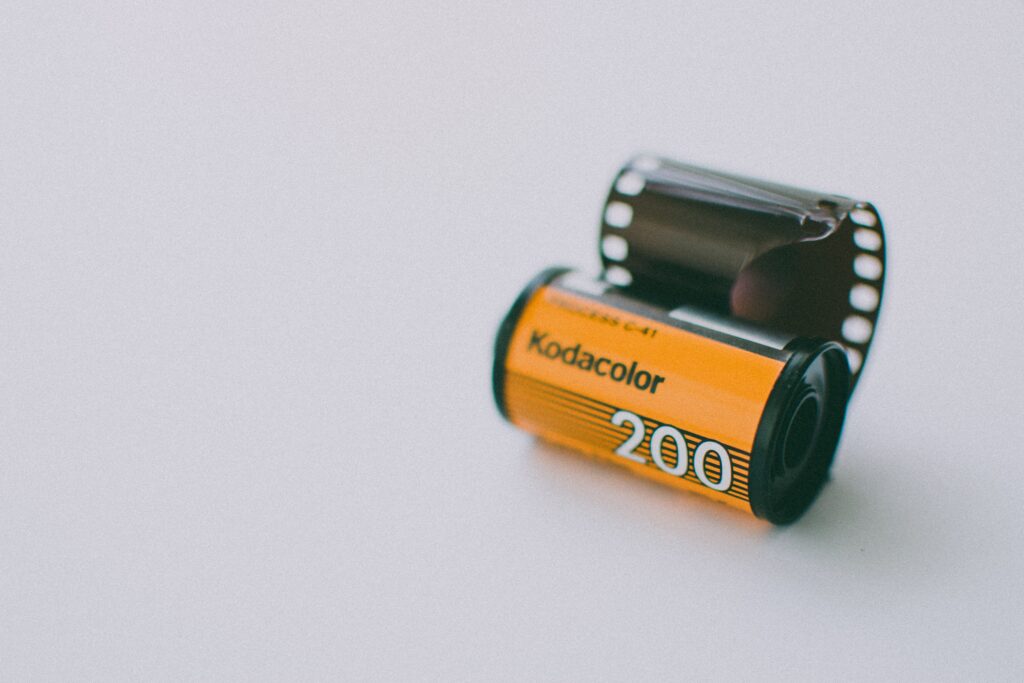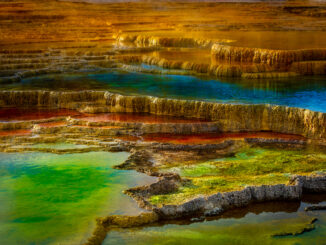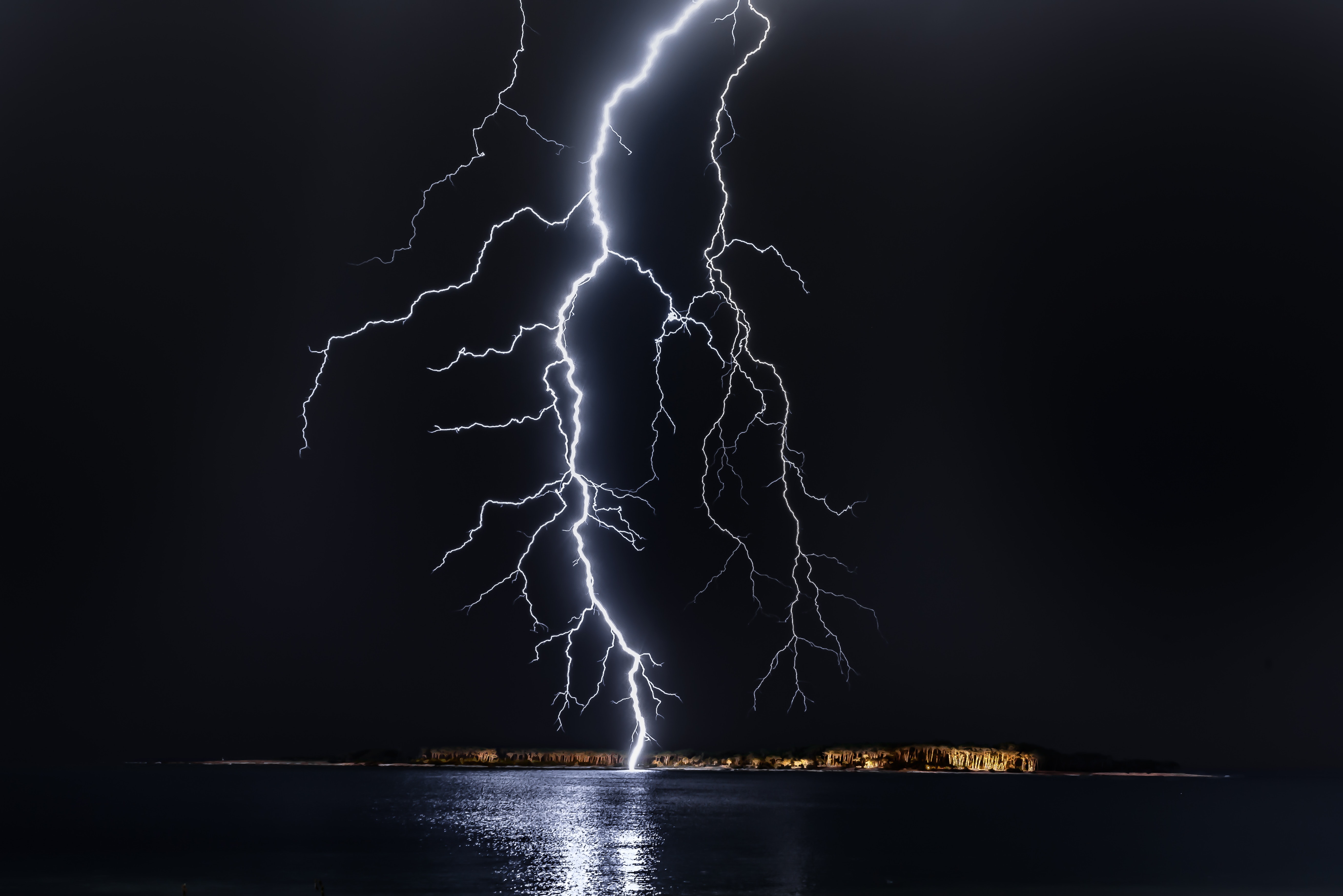
Table of Contents
Introduction
When you’re shooting in bright light, your ISO (which controls how sensitive the sensor is to light) can make the difference between a blurry and sharp photo. This is especially true when you’re trying to capture something that’s moving very quickly.
But just what is the correct ISO setting? We’ll help explain with this guide:

Choosing a low ISO and closing the aperture will give you a long exposure time. This is great for capturing slow-moving subjects, like a running stream, but not much else.
Now that we’ve covered the basics of ISO, let’s talk about how it can be used to capture creative images. If you’re not familiar with ISO, then you probably use it at its lowest setting—ISO 100. This is the default setting on most cameras and it’s best for bright light situations where your camera will get a lot of light. In this case, using a higher ISO number won’t help your image because there’s already plenty of light for your sensor to capture.
However, if you’re shooting in dimmer conditions (like indoors or at night), then increasing the levels could help bring out more details in your shot. The trade-off here is that boosting up those numbers will also increase how long it takes for your camera to take the picture—which means more chance for motion blur!
When choosing an ISO value for yourself or someone else who needs one specifically tailored towards their activity type (i.e., action sports vs portrait photography), keep this rule in mind: lower numbers mean faster shutter speeds while higher ones mean slower ones!
Putting the ISO at its highest setting and opening the aperture as wide as it will go will give you the fastest possible shutter speed. This will allow you to freeze motion and capture an image that’s sharp.
You can think of ISO as a camera’s sensitivity to light. It’s the first setting you should adjust when shooting in bright light because it will allow you to use faster shutter speeds and wider apertures, which are important for capturing sharp images. When using an appropriate ISO, your shots won’t be too dark or grainy.
You’ll know that your camera is set at the right ISO setting when it works well under all conditions; this means that it has enough flexibility to handle low-light situations but doesn’t produce noise despite high exposure settings.
Even if you’re in bright light you should still choose your ISO carefully.
You can always adjust the ISO later. Remember, you’re capturing a moment in time, and all you need to do is record it as accurately as possible. No matter what your camera settings are, they will be able to be adjusted later in post-processing; if you get too low of an exposure (which can happen when shooting at very high ISOs) then adjusting the color temperature or adding more contrast may be necessary.
Even though it’s not as important in bright light, choosing an appropriate ISO setting still matters because not all cameras perform equally well at different ISOs: some might have better noise reduction capabilities than others, for example. If possible, try a few different ISOs before deciding on one from which your image won’t benefit from being shot at a higher or lower value – this way you’ll know what works best for your camera model!
If there’s too much light, when you open the aperture all the way, you’ll have to bring down the shutter speed to compensate.
With too much light, when you open the aperture all the way, you’ll have to bring down the shutter speed to compensate. The higher your ISO goes and/or the smaller your aperture gets, the more light will be required for proper exposure. In some cases (notably when using manual focus lenses), this can lead to annoying hunting back and forth between focusing and exposure settings as you try to nail your shot. If you’re shooting with an SLR or mirrorless camera body with live view or an electronic finder, however, these problems tend not to be present since most cameras show what they’re reading from both sensors at once: live view will tell you if it’s out of focus; if it looks like a blurry mess because there’s too much light entering through the lens then switch up your ISO until things go dark again while still keeping enough light coming in through those tiny little holes that make up our cameras’ irises (diaphragms).
That will leave your images overexposed due to too much light.
You might be tempted to keep your ISO high so that you can freeze the action and get a sharp image. However, if you do that in bright light, there will be no noise because there is no detail for the sensor to capture. And that will leave your images overexposed due to too much light.
So why not just use a lower ISO? Because if you’re shooting in bright sunlight, it’s hard to avoid having at least some motion blur in your pictures (such as people walking by). You may also wish for some depth of field or bokeh effects when using a wide aperture such as f/1.4 on an 85mm lens with an APS-C crop camera (equivalent focal length of 135 mm) because this is similar to using an f/2 lens on full frame cameras which usually have a shallower depth of field than smaller format cameras like APS-C models do; in other words, less focus plane separation between foreground and background objects when shooting wide open!
The easiest way to avoid this is to use a high ISO so that you can use a faster shutter speed and smaller aperture.
If you want to avoid the need for high ISOs, the easiest solution is to use a smaller aperture and faster shutter speed. However, this will result in a larger depth of field (less blurry background) which might not be what you want.
If you’re shooting at night with low available light, then your only choice is to raise your ISO so that you can keep your shutter speed fast enough for sharp images. If there are sources of light around, like streetlights or headlamps from passing cars then try not to shoot wide open as this will result in overexposed highlights which look terrible!
This will usually look good without having to adjust any other settings.
If you’re just starting out with photography, one of the most important concepts to understand is ISO. This setting has a number of different options, including auto, and it lets you control how sensitive your camera’s sensor is to light. If you set your ISO manually (which means choosing a specific value instead of leaving it on auto), then you can make adjustments based on what kind of lighting situation you’re in.
The good news is that no matter what setting you choose for your camera’s sensitivity to light—and we’ll talk about why there are so many options later—you don’t have to worry about making any major adjustments when shooting outdoors during bright sunlight. In fact, this should look good without having to adjust any other settings:
Of course, if you want a longer exposure time for some reason, then a lower ISO is fine as well.
Of course, if you want a longer exposure time for some reason, then a lower ISO is fine as well. If your subject moves quickly and you need to have a fast shutter speed, then a higher ISO is also acceptable. And if you want both fast shutter speeds and small apertures (for depth of field), then lower ISOs are in order.
You see? It’s not so complicated after all!
The best ISO for bright light is mid-high.
When it comes to bright light, the best ISO for your camera is mid-high. This means that you should set your ISO so that it’s no lower than 200 and no higher than 6400.
The reason for this is simple: The higher your camera’s ISO, the more sensitive it becomes to light (and vice versa). The lowest setting on most cameras has an ISO of 100 or 200; this means that even when there’s a lot of light around, these cameras still won’t capture as much light as possible because they’re not sensitive enough. In order for a camera to capture as much light in bright conditions as possible, you want an ISO between 400 and 6400—the farther away from 100/200 you go, the more sensitive your sensor becomes.
Conclusion
So there you have it. The best ISO for bright light is mid-high. The worst ISO for bright light is low or very high. And if you’re in a situation where your camera is set up correctly but still has an incorrect ISO, then don’t worry: just take another picture!




1 Trackback / Pingback